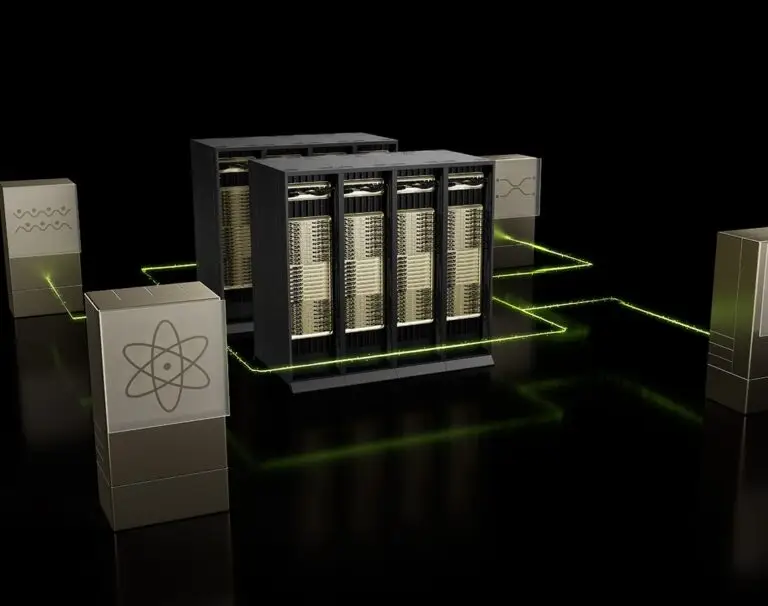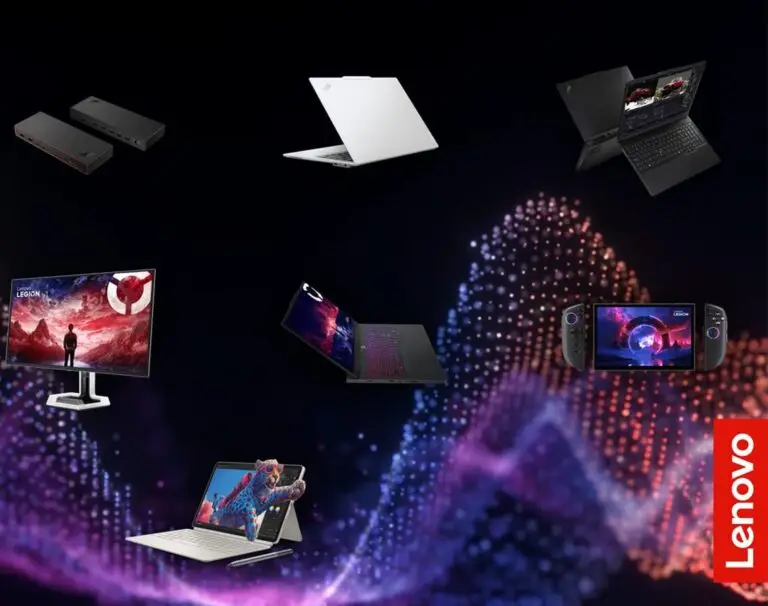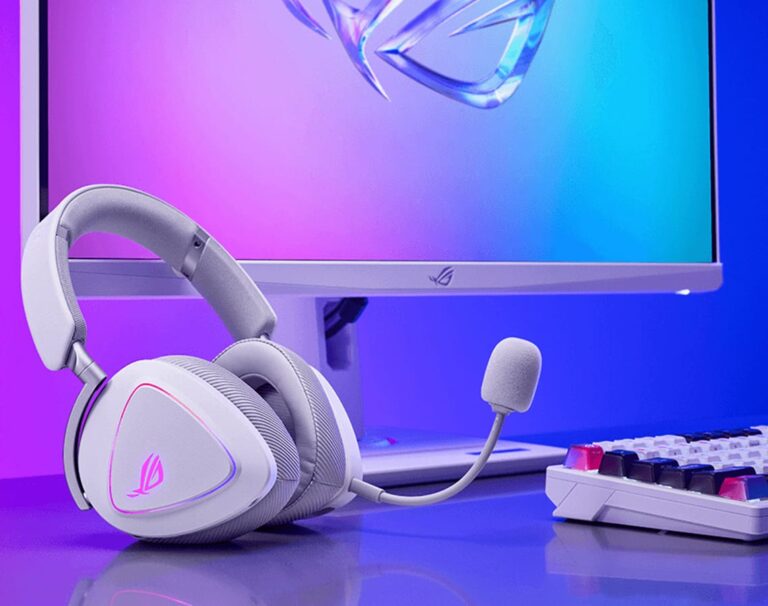Book Appointment Now
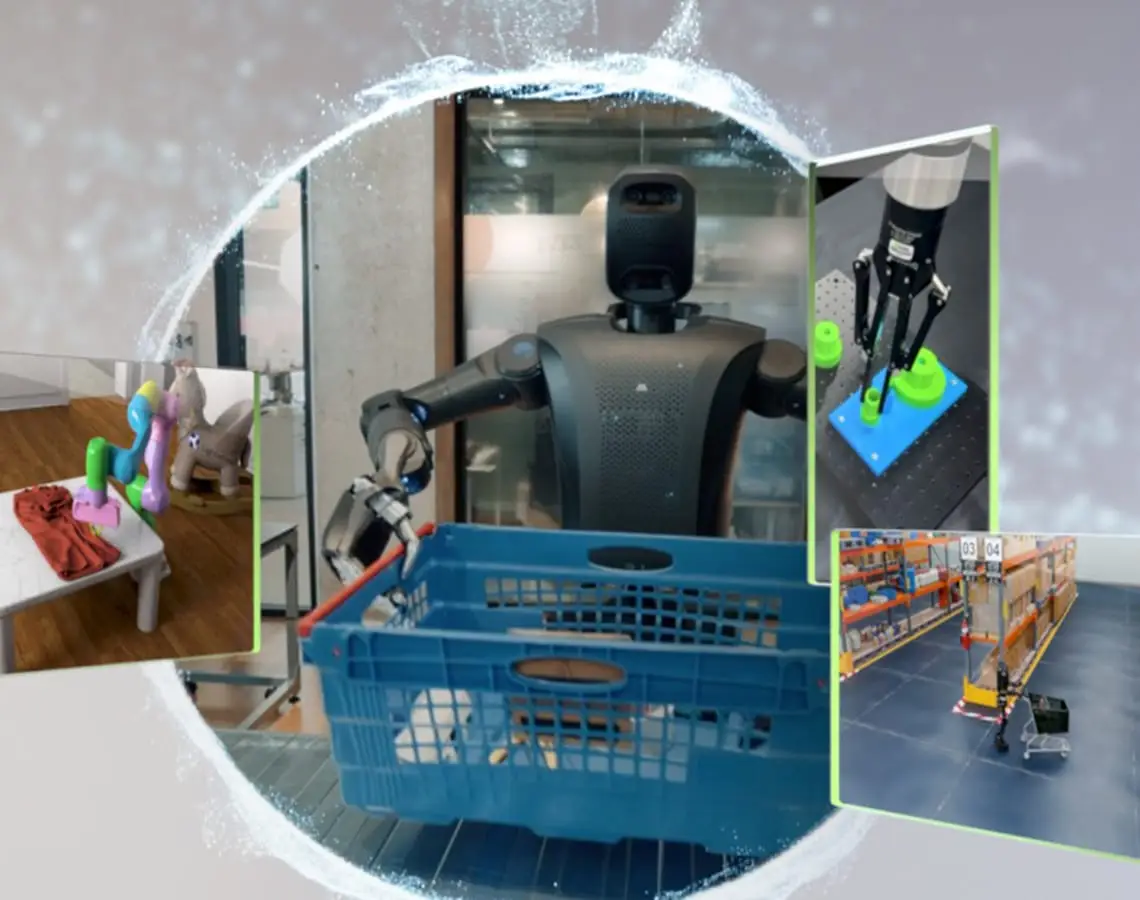
Into the Omniverse: Open-Source Physics Engine and OpenUSD Advance Robot Learning
The Newton physics engine and enhanced NVIDIA Isaac GR00T models enable developers to accelerate robot learning through unified OpenUSD simulation workflows.
September 30, 2025 by Akhil Docca
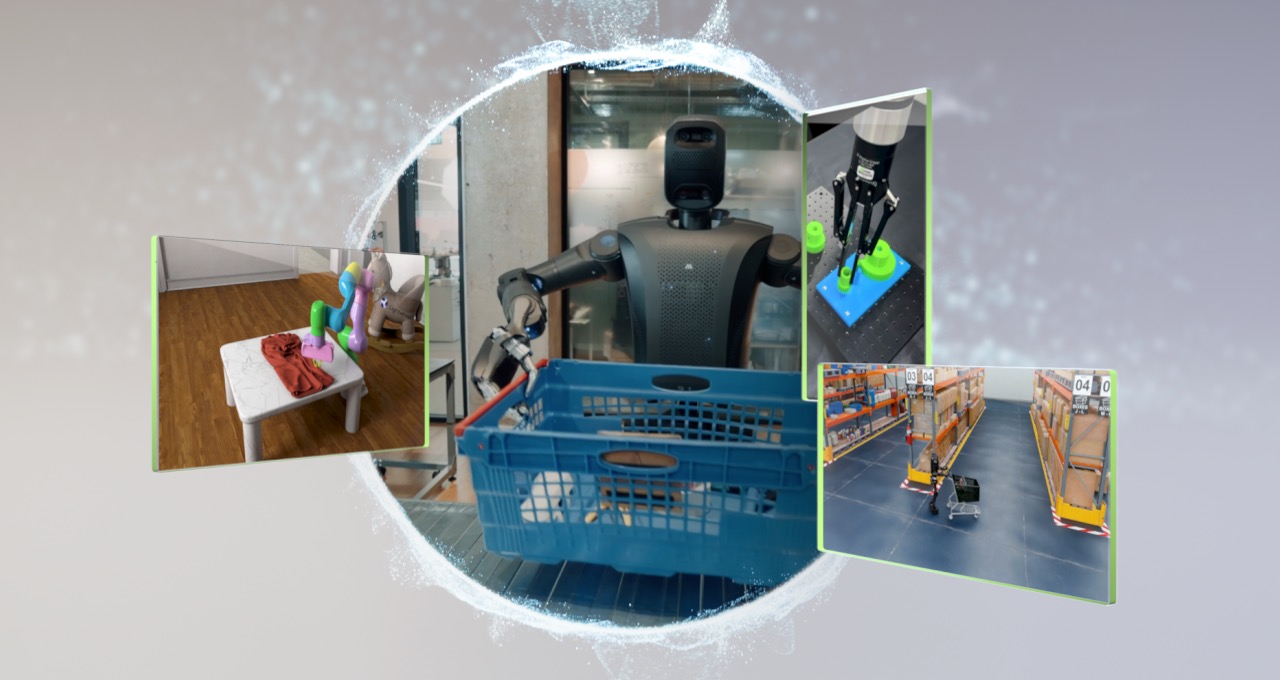
Editor’s note: This blog is a part of Into the Omniverse, a series focused on how developers, 3D practitioners and enterprises can transform their workflows using the latest advances in OpenUSD and NVIDIA Omniverse.
Building robots that can effectively operate alongside human workers in factories, hospitals and public spaces presents an enormous technical challenge. These robots require humanlike dexterity, perception, cognition and whole-body coordination to navigate unpredictable real-world environments in real time.
A “sim-first” approach unlocks these critical skills by enabling parallel training of hundreds or thousands of robot instances using real robot-captured data and synthetic data in simulation environments. Universal Scene Description (OpenUSD) provides the foundational framework for this advanced robot development, serving as a scalable, interoperable data standard that enables developers to build physically accurate virtual worlds where robots can practice and perfect their skills before transferring them to real-world applications.
Accelerating Physical AI Development
NVIDIA announced at the Conference on Robot Learning this week groundbreaking advances in open-source physics simulation, open foundation models and development frameworks, including:
Newton Physics Engine: While robots learn faster and safer in simulation, humanoid robots — with complex joints, balance and movements — are pushing today’s physics engines to the limit.
Codeveloped by Google DeepMind, Disney Research and NVIDIA, and managed by the Linux Foundation, Newton is an open-source, GPU-accelerated physics engine to advance robot learning.
Built on NVIDIA Warp and OpenUSD, Newton enables robots to learn complex tasks more precisely while working seamlessly with robot learning frameworks like MuJoCo Playground and NVIDIA Isaac Lab.
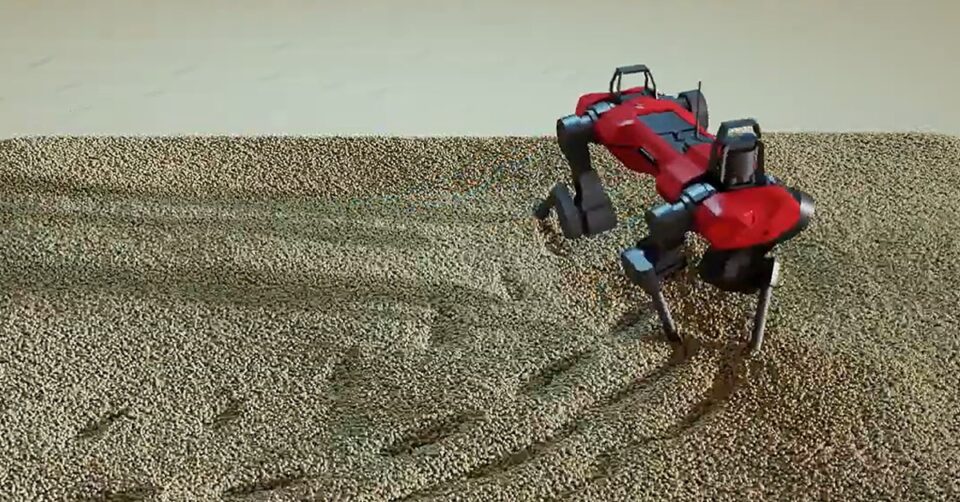
Tune in to an upcoming livestream for a Newton beta demonstration to learn about Newton’s core features and how to get started on Newton with NVIDIA Isaac Lab.
Isaac GR00T N1.6: To perform humanlike tasks in the physical world, humanoids must understand ambiguous instructions and navigate unforeseen scenarios. The latest Isaac GR00T N1.6 open robot foundation model, available soon on Hugging Face, integrates NVIDIA Cosmos Reason, an open reasoning vision language model built for physical AI. Cosmos Reason serves as the robot’s deep-thinking brain and transforms vague instructions into step-by-step action plans using prior knowledge, common sense and physics understanding.
NVIDIA Isaac Lab: The latest version of Isaac Lab, an open-source, modular robot learning framework built on NVIDIA Isaac Sim and OpenUSD, is now available as an early developer release. Version 2.3 brings a host of new features to robotics researchers and developers, including advanced whole-body control and expanded teleoperation for data collection.
OpenUSD’s interoperability ensures these advanced physics simulations, foundation models and learning frameworks work together seamlessly, enabling developers to build unified robot learning pipelines that scale across different platforms and deployment scenarios.
See How Developers Are Accelerating Robot Learning
Leading humanoid and robotics developers, including Agility Robotics, Lightwheel, Mentee, Universal Robots and Wandelbots are adopting simulation technologies and libraries to accelerate physical AI development and deployment.
- Agility Robotics uses NVIDIA Isaac Lab to train a whole-body control foundation model for its Digit robot. Isaac Sim and OpenUSD enable precise digital twin creation of customer facilities, delivering a scalable way to optimize the robot’s operation before deployment.
- Lightwheel developed the Lightwheel Simulation Platform, built on NVIDIA Omniverse. Lightwheel is also building simulation-ready assets that use the NVIDIA USD Search application programming interface to streamline asset discovery and assemble accurate digital twins to help robotics developers accelerate their training and simulation workflows.
- Mentee Robotics harnesses NVIDIA’s three-computer architecture to develop MenteeBot’s sophisticated learning capabilities, using OpenUSD as the foundation for developing synthetic data generation pipelines in Isaac Sim.
- Universal Robots uses the NVIDIA Isaac platform for comprehensive robot simulation and learning, tapping OpenUSD to create interoperable digital twins of manufacturing environments that validate cobot safety protocols and optimize human-robot interaction across diverse industrial settings. Inbolt, a partner in the Universal Robots ecosystem, delivers dynamic vision guidance systems that enable robots to adapt to their environment on the fly, handling production variations with ease.
- Wandelbots, a German robotics software company, is helping Volkswagen shorten automation projects at its Transparent Factory in Dresden. Using Wandelbots NOVA — an Isaac Sim–integrated, no-code teaching platform — assembly workers can train robots to pick-and-place in a virtual twin, before deployment.
NVIDIA’s open frameworks and libraries are also being adopted by developers within the robotics community. Community member and NVIDIA Omniverse ambassador Dylan Tobin created an AI chatbot trained on Isaac Sim workflows to help developers navigate Omniverse more efficiently.


